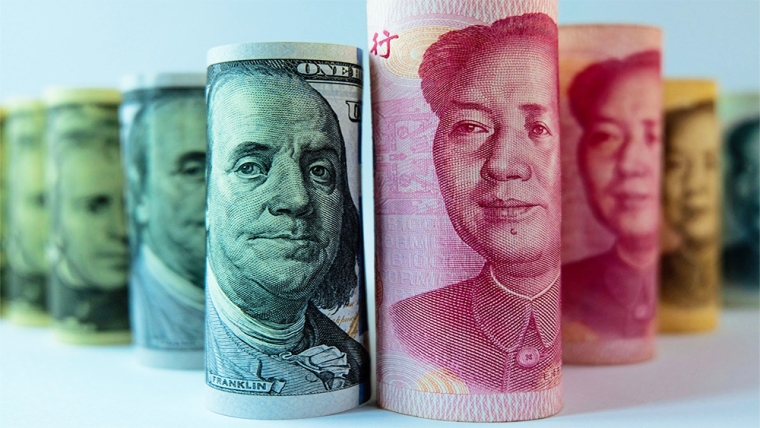
It has been a very quiet start to the week with the US public holiday and with little newsflow. Future markets for Treasuries and equities show small changes. Currency movements have been modest, with the NZD’s 0.3% gain to 0.6145 from last week’s close making it the top performer.
It's usually a struggle to get the word count up following generally quiet Monday trading conditions, more so today with the US on holiday. US cash markets are closed, while S&P500 futures are up 0.1% and US 10-year Treasury futures are consistent with a 2-3bps lift in yield from Friday’s close. The EuroStoxx 600 index gained 0.2%, edging towards the record high set in January 2022, while European 10-year yields are flat to slightly higher.
In currency markets, all net movements for the majors against the USD are plus or minus 0.3%. The NZD is the lead performer, up 0.3% to 0.6145 and therefore modestly higher on all the key crosses. The AUD is barely higher and NZD/AUD has regained 0.94. NZD/JPY has pushed up to 92.3, its highest level in nearly nine years., with USD/JPY continuing to hover above 150.
Chinese markets reopened after the week-long Lunar New Year holiday and the vibe was positive, after reports of stronger travel and spending data for the holiday period. The number of rail trips was the highest in six years and up 34% from the 2019 pre-COVID level. Other data on airline travel, spending, and box office ticket sales were also very strong. Economists cautioned about interpreting the data as other metrics like spending per traveller were lower compared to other holiday periods. On Sunday, Premier Li called for “pragmatic and forceful” action to boost confidence in the economy. The yuan edged higher during NZ trading hours, but a reversal overnight sees USD/CNH flat around 7.21.
There has been little economic news. The Bundesbank predicted that GDP growth would show a small decline in Q1, following negative 0.3% growth in Q4 and the same for 2023. The Bank noted recent transport strikes hitting production, while order books for industry and construction were dwindling.
On a more positive note, European gas futures continue to decline and fell 5% on sluggish demand for fuel and mild weather. Prices are at their lowest level since June and are down over 50% since October. This is equivalent to a boost in the terms of trade and, in the case of the UK, will result in lower regulated energy prices that will feed into a lower CPI and boost household disposable income.
For those who follow carbon markets, European carbon fell below €55 a ton for the first time in more than two years and are down 44% over the past 12 months. This reflects the economic slowdown and broader softening of energy markets. NZ’s carbon unit has traded an approximate $65-75 range over the past six months and currently is mid-range, just below $70.
In the domestic rates market, global forces sent NZ rates a little higher, with swaps up 3-4bps across the curve and NZGBs up 1-3bps, the latter showing no fear of looming supply. Later this morning NZDM is expected to launch a new 30-year nominal bond, taking advantage of a quiet economic period, and one week ahead of the RBNZ’s MPS. Treasury expects to issue at least $2b and the transaction will be capped at $4b.
In the day ahead, the RBA’s minutes of the February policy meeting are unlikely to reveal much new. Canadian CPI data are expected to show some slippage in annual measures of headline and core inflation for January.

We welcome your comments below. If you are not already registered, please register to comment
Remember we welcome robust, respectful and insightful debate. We don't welcome abusive or defamatory comments and will de-register those repeatedly making such comments. Our current comment policy is here.